Cambrian
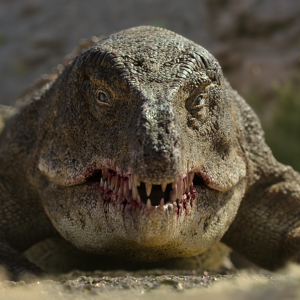
Life On Our Planet
Published on October 25th, 2023 | by David Marshall
We're granted exclusive access to this new Netflix documentary... Read More →

The Carboniferous period is a division of earth’s history spanning from around 359 to 299 million years ago, and during which vast deposits of coal were formed across much of the world. The Early carboniferous enjoyed a warm climate with an atmosphere significantly richer in oxygen and CO2 than at present. In the oceans, corals, echinoderms and bivalves flourished, as did the planktonic single celled foraminifera. Sharks also began to diversify. On land, giant arthropods, such as the dragonfly-like Meganeura which grew over 70cm long, inhabited vast forests. Amphibians became an important part of land-based ecosystems and some also grew to enormous sizes. The earliest reptiles are known from this period. The Late Carboniferous suffered a significant drop in global temperatures and is characterised by glaciations, a global collapse of rainforests and a 100m drop in sea level.

Published on October 25th, 2023 | by David Marshall
We're granted exclusive access to this new Netflix documentary... Read More →
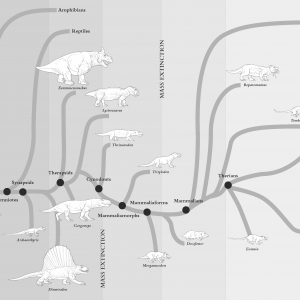
Published on June 16th, 2021 | by David Marshall
Our very own Dr Elsa Panciroli comes on the show to discuss her new book 'Beasts Before Us'... Read More →
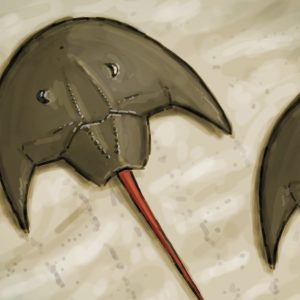
Published on July 31st, 2020 | by David Marshall
Dr Russell Bicknell joins to examine the evolutionary history of the horseshoe crabs... Read More →
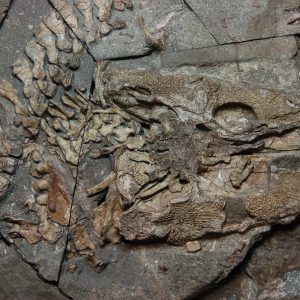
Published on May 31st, 2020 | by Vishruth Venkat
Prof. Mike Coates and Ben Otoo both join to discuss Jenny Clack's Legacy... Read More →
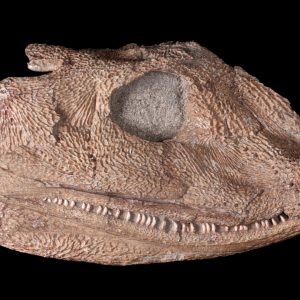
Published on May 1st, 2020 | by Liz Martin-Silverstone
Early tetrapods include the earliest animals to grow legs, and their closest ancestors. Moving from the water to land required a number of changes within the skeleton and muscular system, related to moving from swimming to [&hellip... Read More →
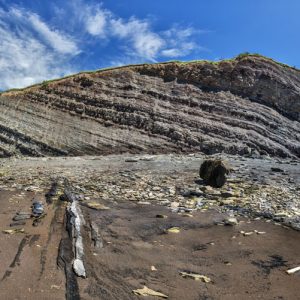
Published on September 17th, 2018 | by Liz Martin-Silverstone
The Carboniferous was a time of huge swampy forests, big trees, and lots of life both on land and in the ocean. One world-renowned fossil site from approximately 300 million years ago is the Joggins Fossil [&hellip... Read More →
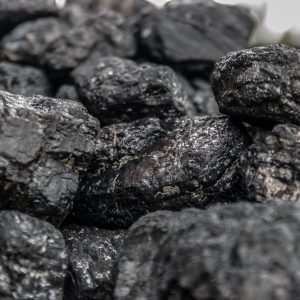
Published on February 1st, 2018 | by David Marshall
The Carboniferous (Latin for ‘coal-bearing’) is a period of the Paleozoic Era named after the massive accumulations of coal that were formed globally during this time. These coal deposits were the fuel for the Industrial Revolution [&hellip... Read More →
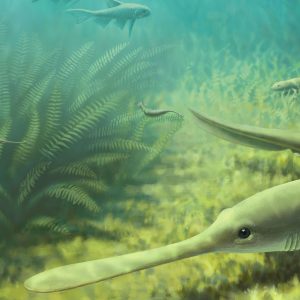
Published on February 20th, 2017 | by David Marshall
Tullimonstrum gregarium, the ‘Tully Monster’, is an enigmatic fossil from the Late Carboniferous Mazon Creek lagerstätte, Illinois, USA. This soft-bodied animal is instantly recognisable by its ‘torpedo-shaped’ body ending in a tail; its long, elbowed, proboscis [&hellip... Read More →
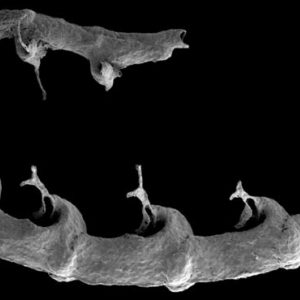
Published on October 15th, 2016 | by Laura Soul
Graptolites are small colonial organisms, each made up of many tiny, genetically identical zooids joined together by tubes. They’ve been around since the Cambrian and at times in Earth’s history have been very morphologically and taxonomically [&hellip... Read More →
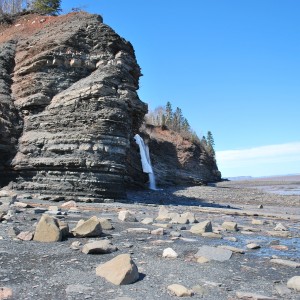
Published on July 22nd, 2016 | by Liz Martin-Silverstone
Blue Beach is a locality in Nova Scotia, Canada that is well known for it’s fossils from the Lower Carboniferous. In particular, it is significant for being one of few sites in the world that has [&hellip... Read More →